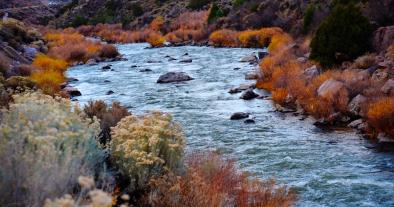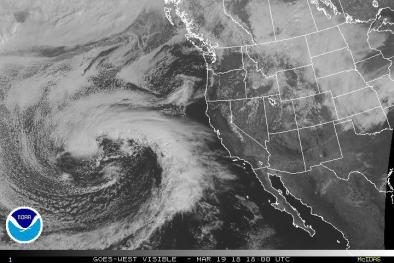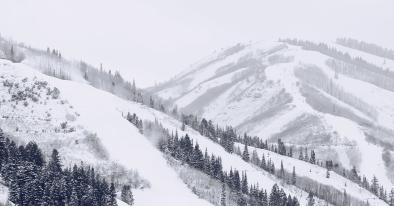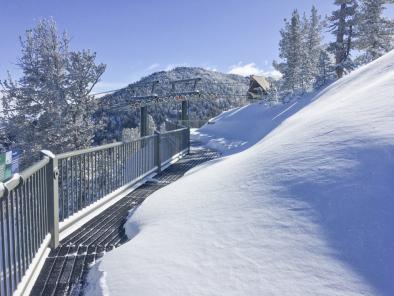Here's what that last storm did for California's water supply
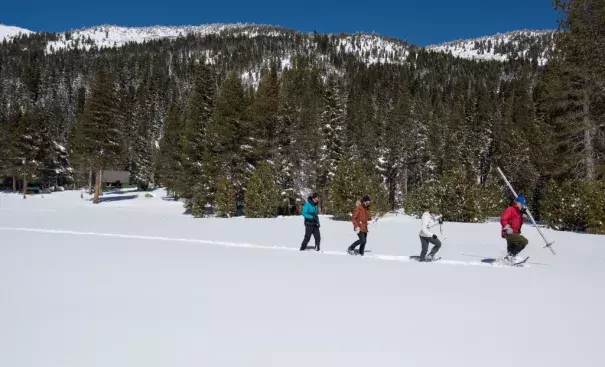
It's been an usually dry winter, and last weekend's atmospheric river was welcome for the snow and rain it brought. But what did it mean for California's water supply?
In truth? Not much.
As of last week, this winter was on track to be one of the warmest and driest on record. So, no one would blame you if you breathed a sigh of relief when that freezing cold storm came through and dumped rain and snow on our parched state. But look at the numbers and you'll see that California's far from recovered.
Before the storm last week, the Sierra Nevada – where Southern California gets a third of its water – had only received 22 percent of their annual average amount of precipitation. The storm raised that number to 39 percent, still far below normal.
"As of right now it's not yet a March miracle," said UCLA climate scientist Daniel Swain. "We doubled it, but that's still not nearly enough. We'd need to get multiple more storms like this to get even close to average in terms of the snowpack this year."
Even though seven feet of snow fell in some areas, burying cars and extending the ski season, what fell was dry and fluffy. The storm didn't carry much water, but it did come down from the Gulf of Alaska, so it was cold. The small amount of precipitation that fell, froze quickly in the mountains. If you melted the snow, you'd find that only about four inches of water actually dropped.
...
Drought conditions still plague much of the state, including Southern California, where Ventura, Santa Barbara and Los Angeles Counties still suffer from severe drought conditions. So far, Los Angeles has only received about 25 percent of its normal amount of rainfall.
Related Content
